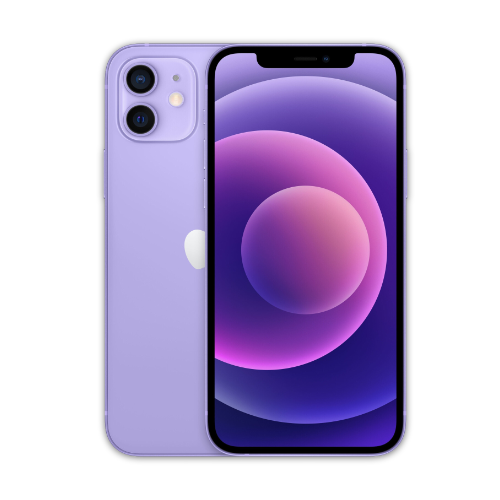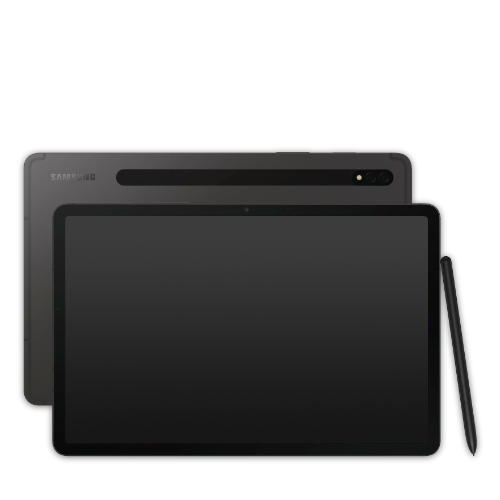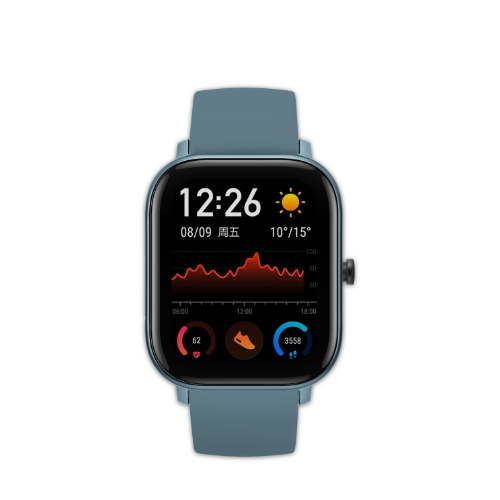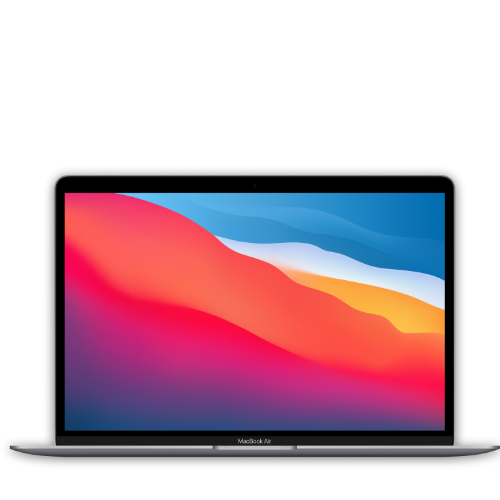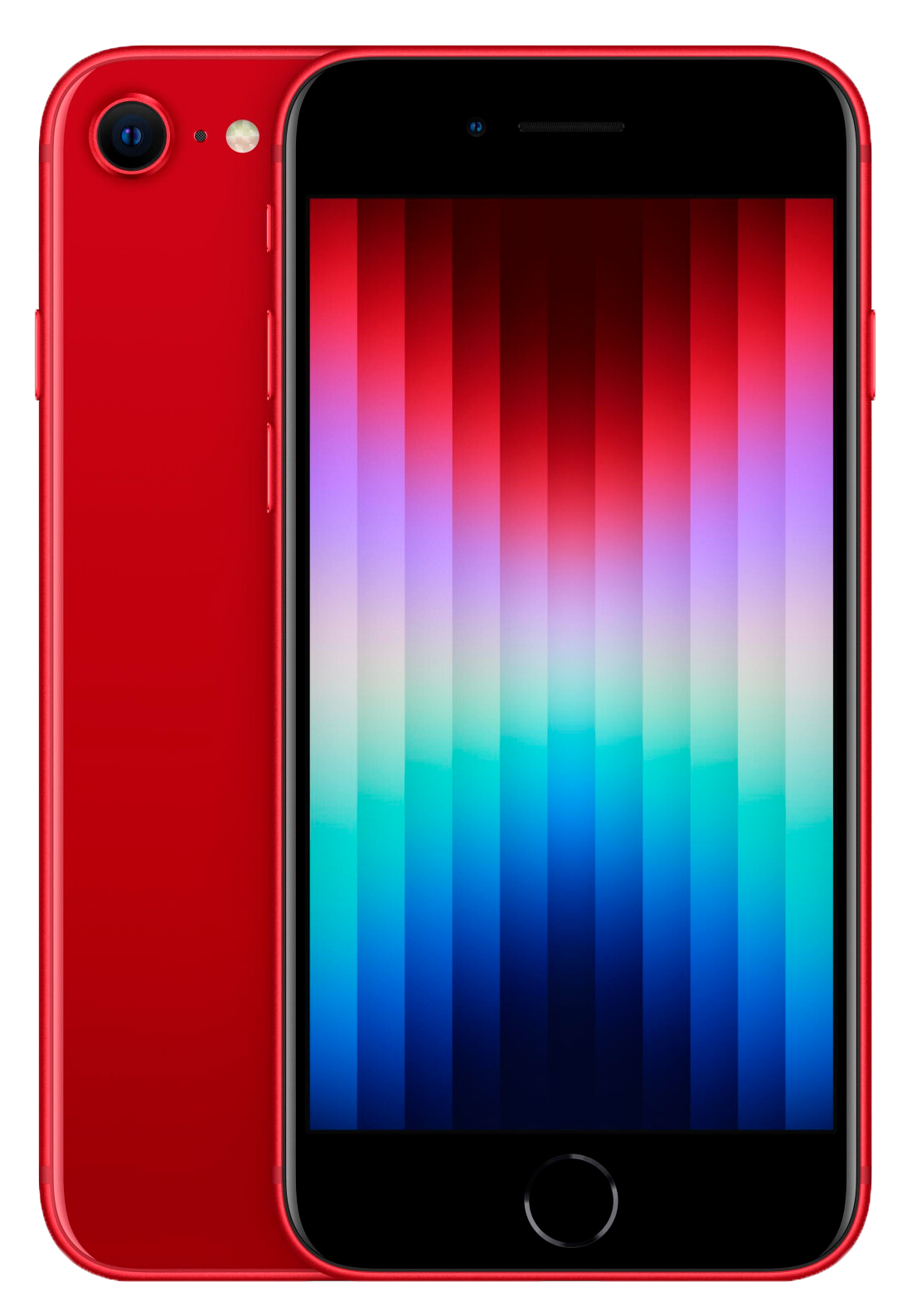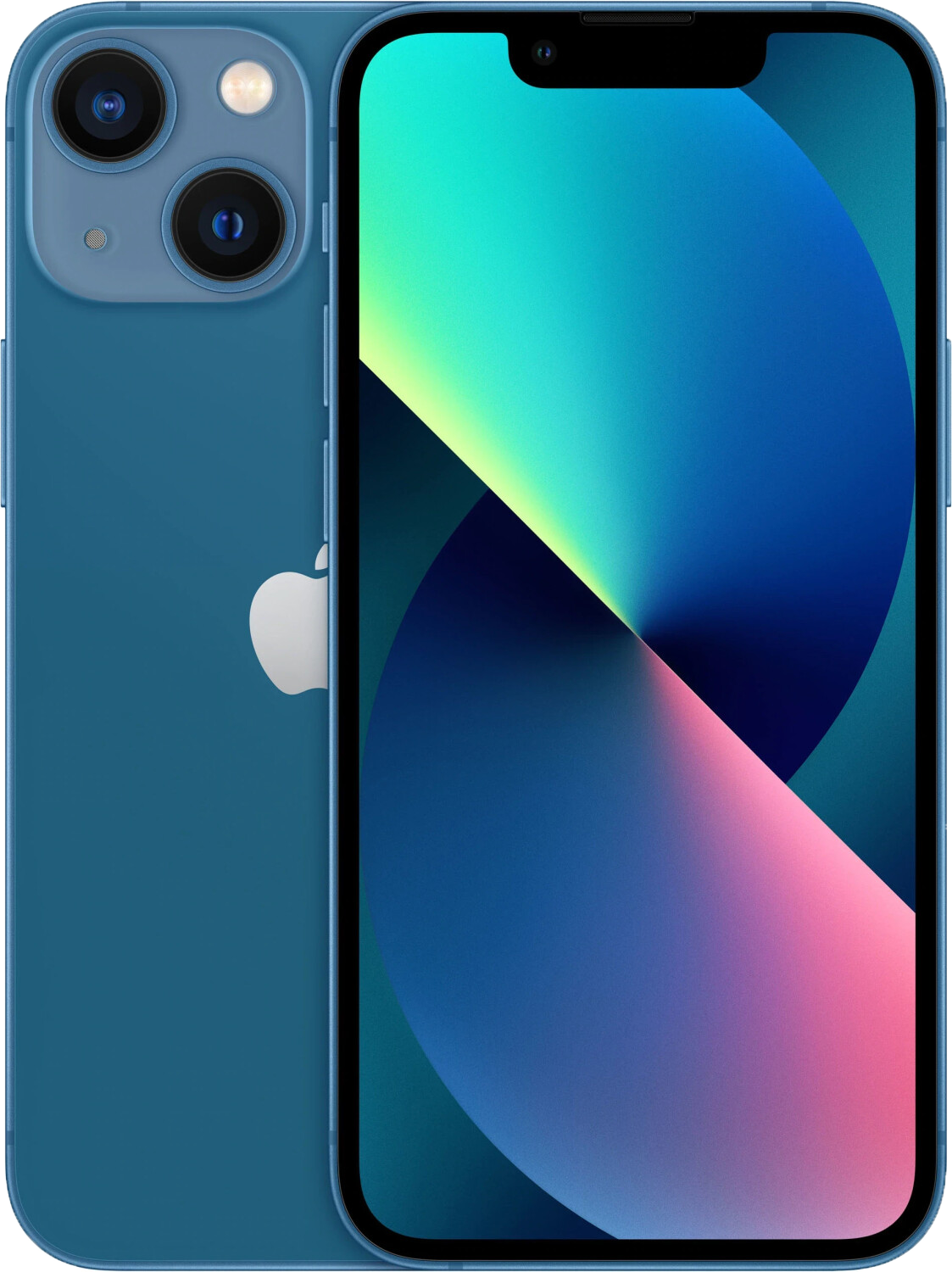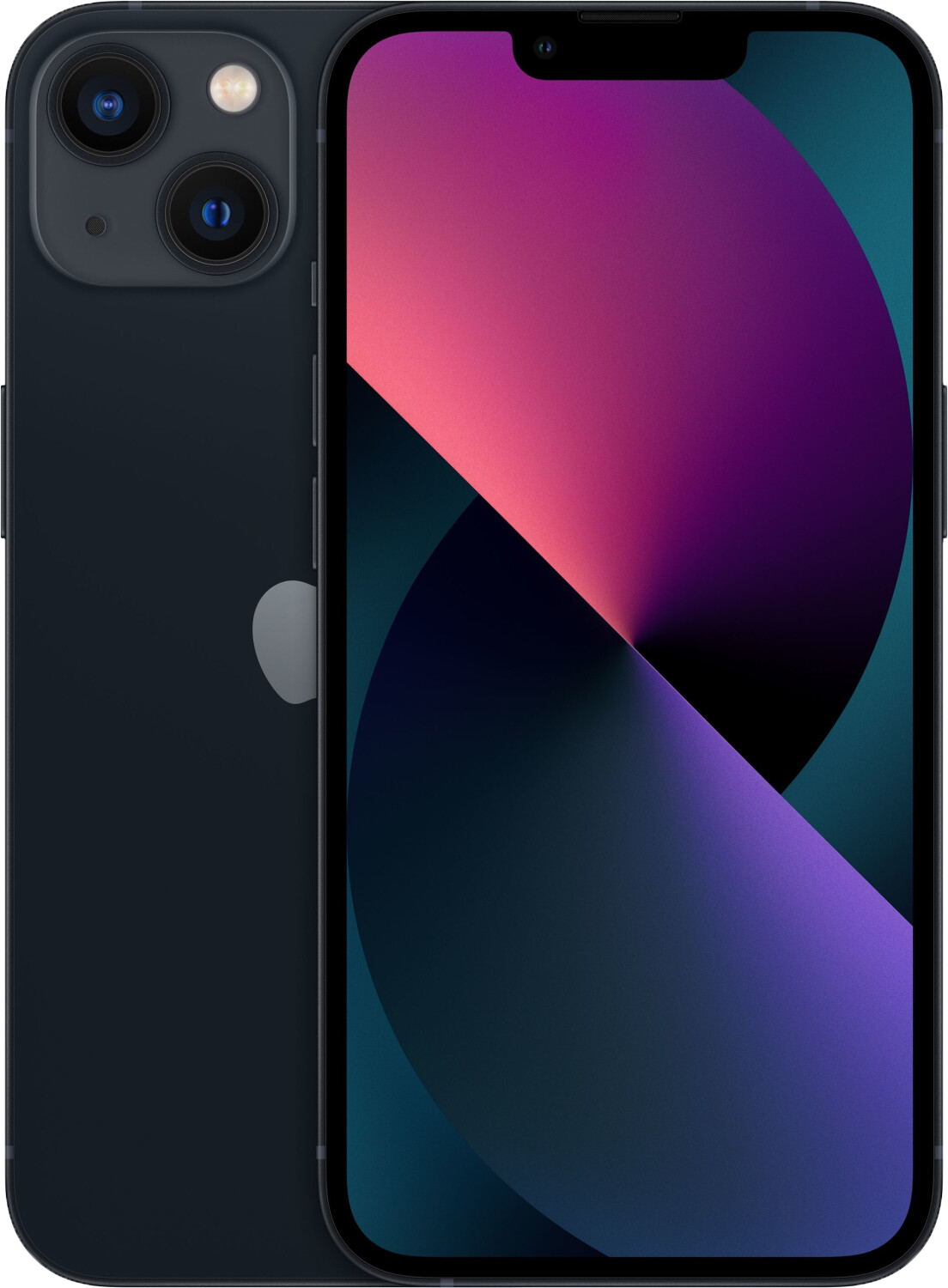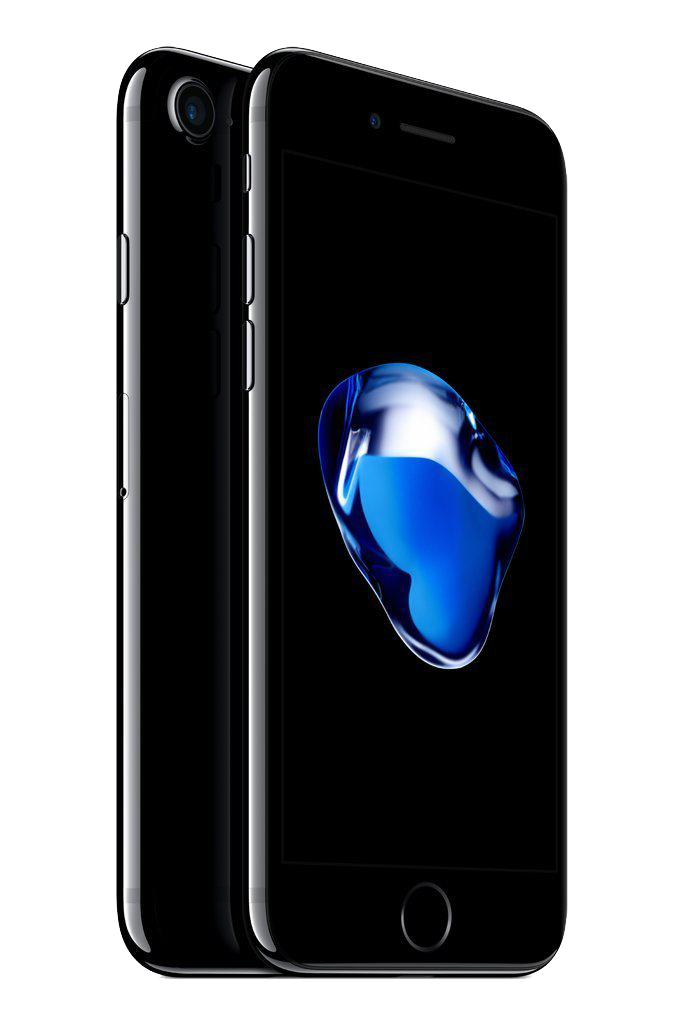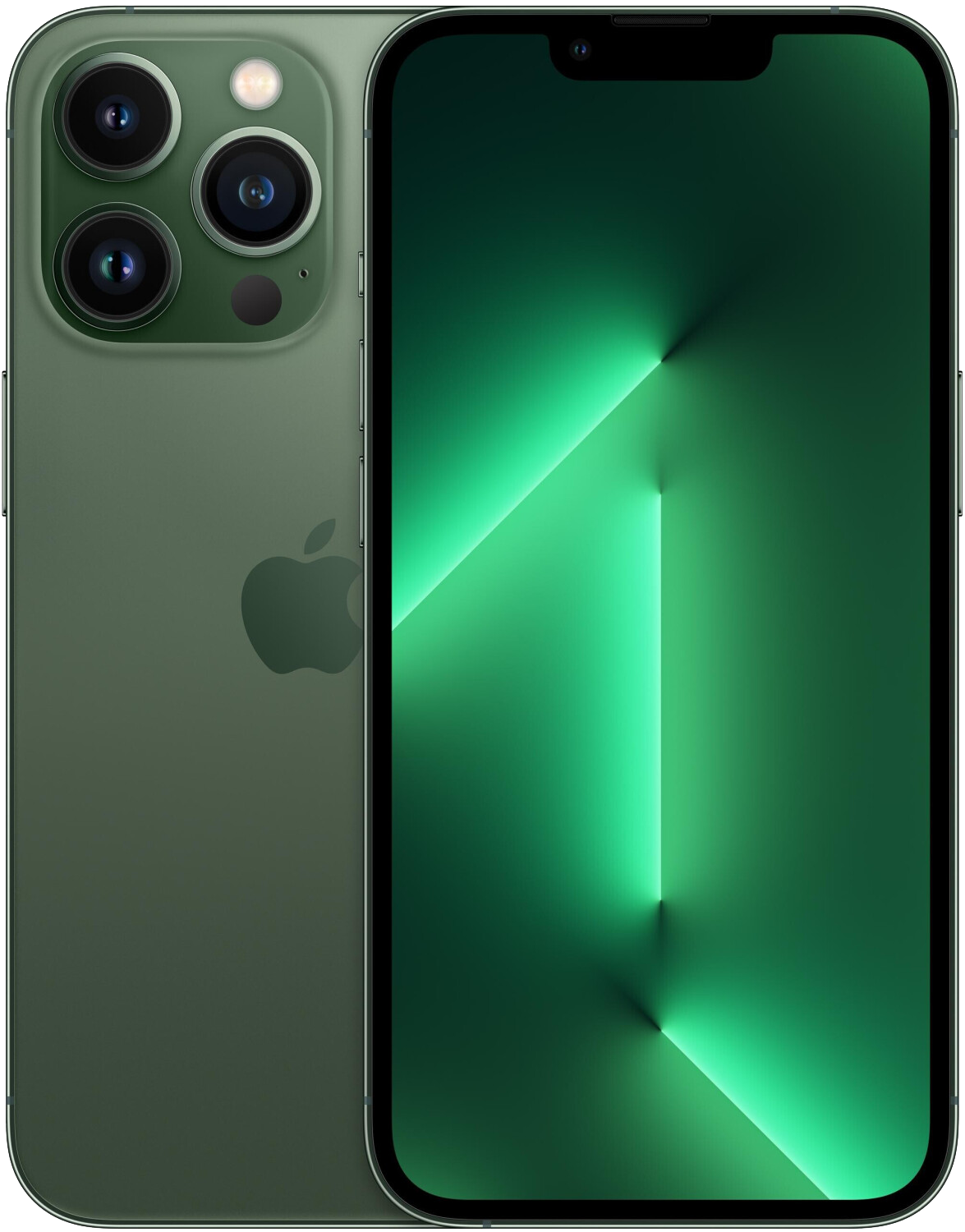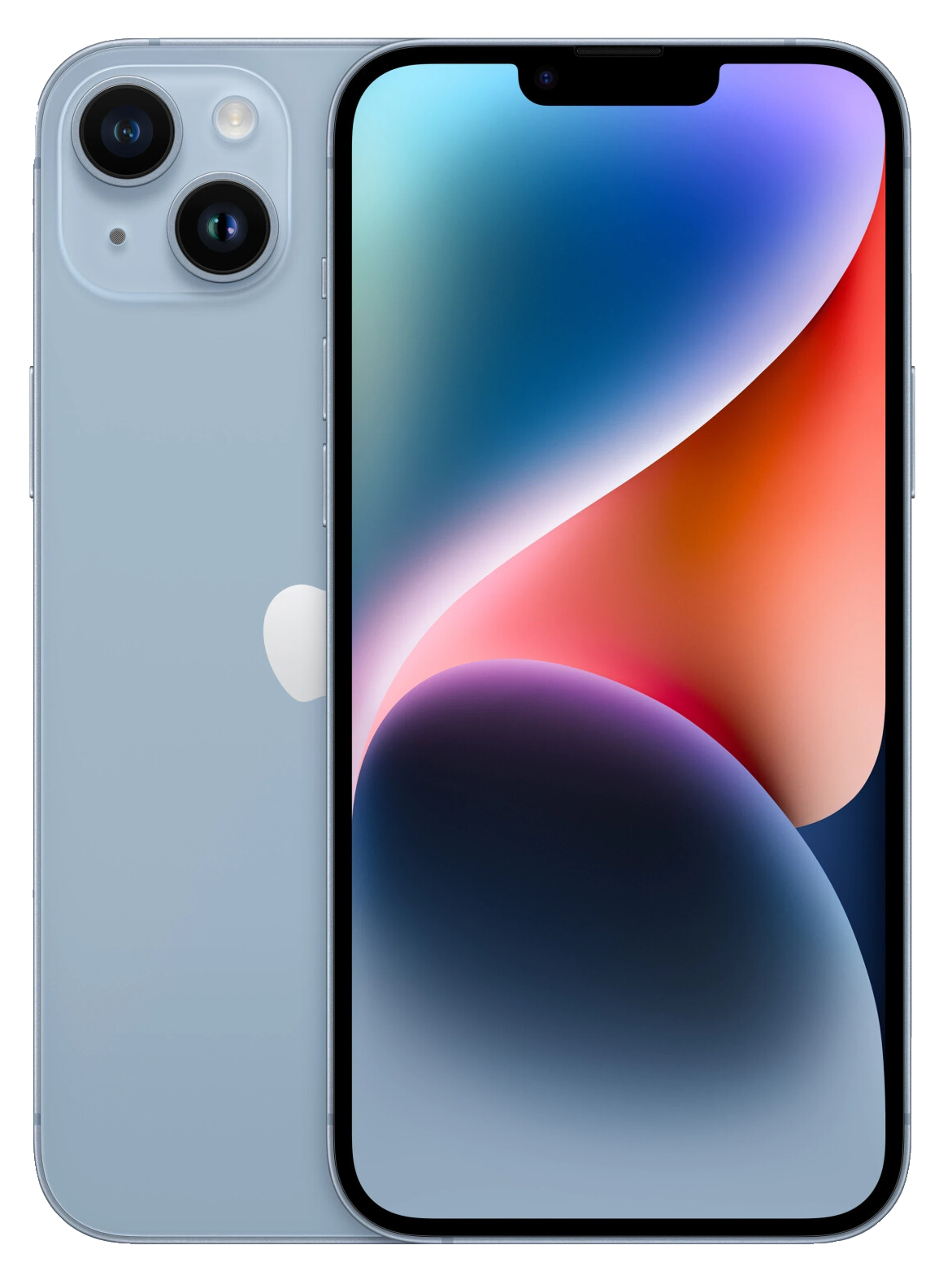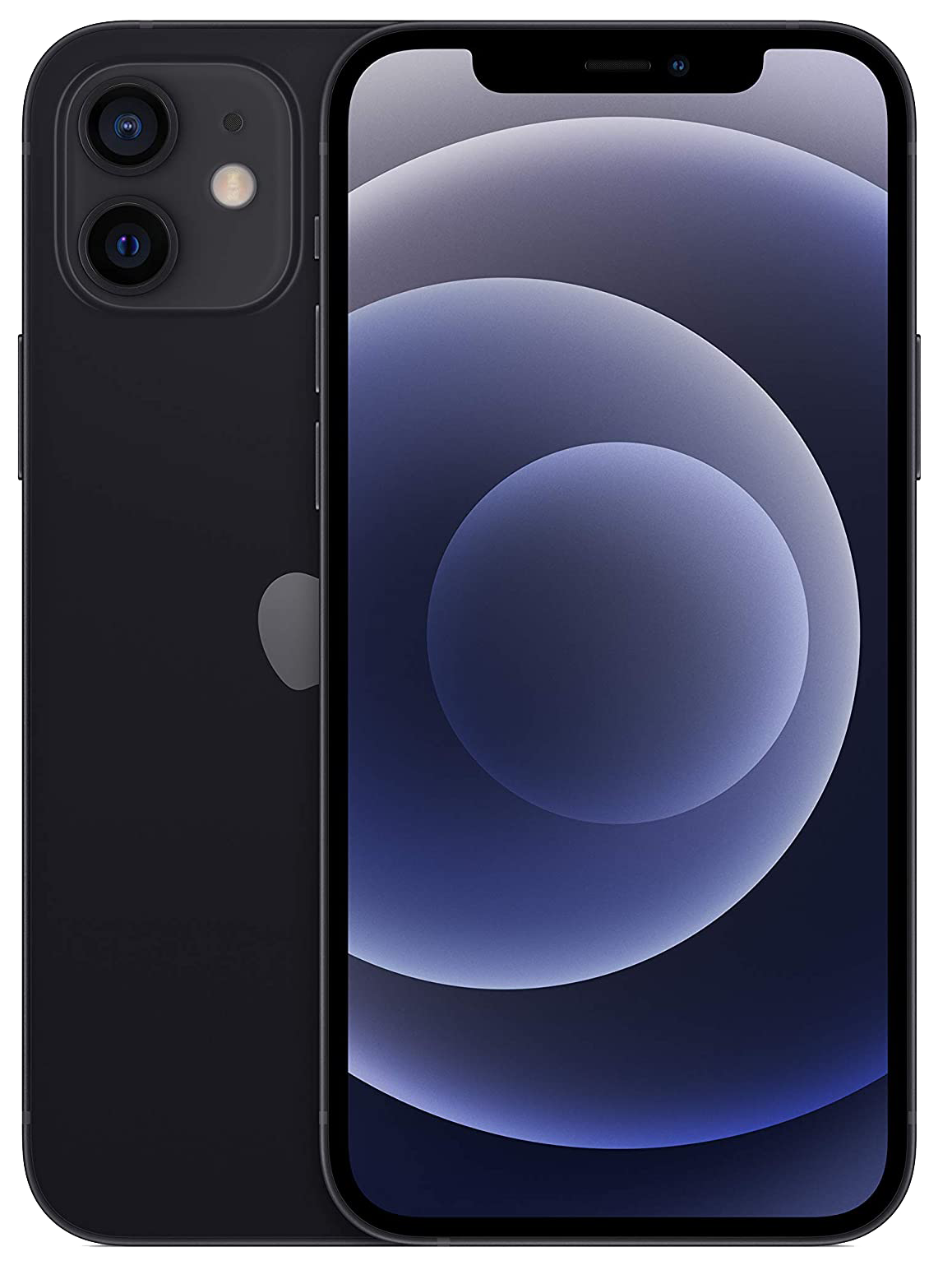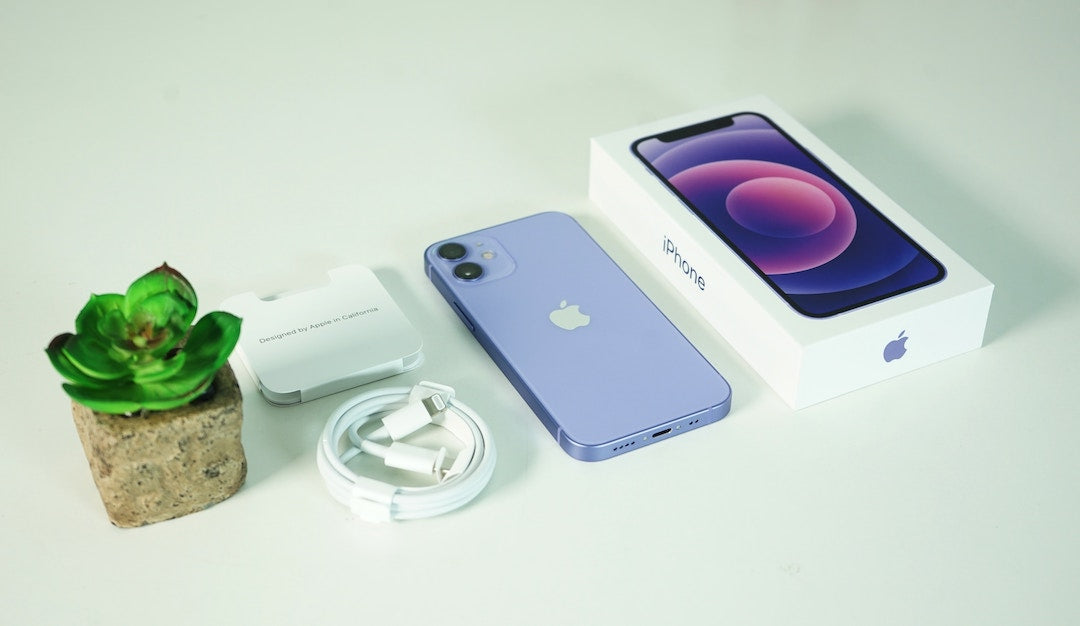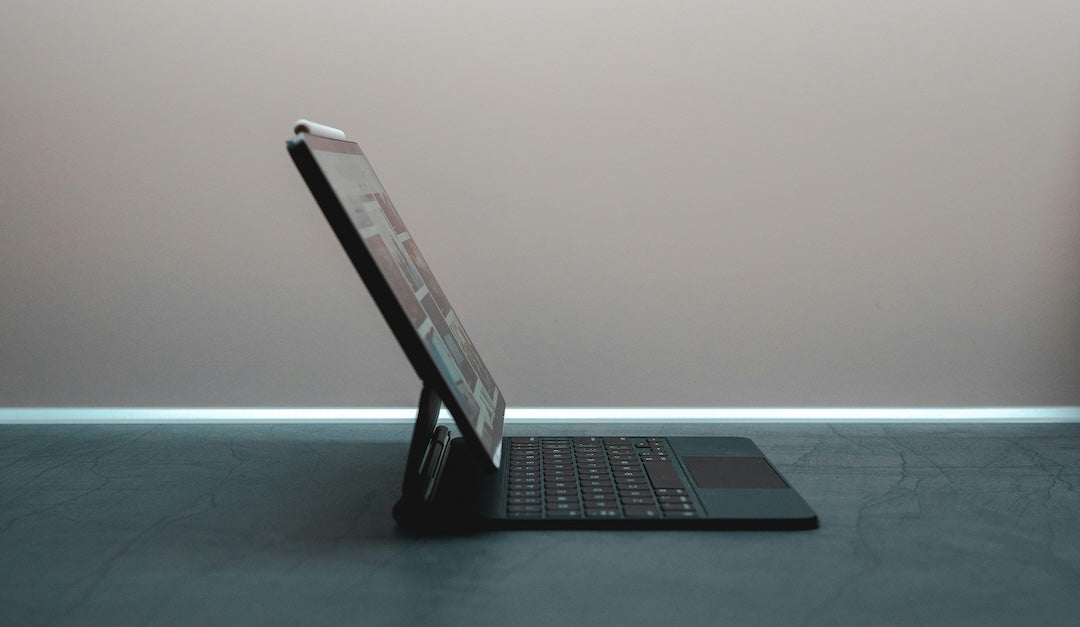With the Apple Vision Pro, Apple is taking the next big step into the world of mixed reality. As a "spatial computer," the Vision Pro is not only intended to bring digital content into our physical world, but also to revolutionize our understanding of work, entertainment, and communication. The technology promises impressive potential: brilliant displays, intuitive controls, and seamless integration into the Apple ecosystem.
But despite all the euphoria about the possibilities - from immersive cinema experiences to virtual work environments - critical questions remain: How practical is the device in everyday life? Will the high price be a stumbling block to market success? And what risks does this form of technology entail, be it with regard to data protection or our dependence on digital worlds?
In this article, we'll look at what the Vision Pro can do, what its strengths and weaknesses are, and what challenges Apple and users might face.
What can the Apple Vision Pro do?
The Apple Vision Pro shows how seamlessly digital and real worlds can merge. It combines augmented reality (AR) and virtual reality (VR), opening up a wide range of possible uses. In the AR world, digital content such as apps, 3D objects or documents can be displayed directly in the environment, while the VR mode enables complete immersion in virtual worlds - ideal for gaming, films or simulations.
Controlling the Vision Pro is revolutionary: Eye tracking turns your gaze into a selection function, hand tracking allows intuitive gestures such as tapping or swiping, and Siri complements the experience with voice commands. All of this is supported by impressive displays with a resolution of 23 million pixels, which display content vividly and extremely sharply. Together with the spatial sound system, which realistically positions audio in the room, every use becomes an immersive experience - whether watching a film, working or video conferencing.
How Vision Pro aims to increase productivity
The Apple Vision Pro offers exciting approaches to redesign work processes and improve productivity.
FaceTime meetings use realistic digital avatars to make virtual conversations seem more personal. Content such as presentations, documents or 3D models can be shared and edited interactively and in real time during a call.
What potential does the Vision Pro have?
Apple has built an impressive foundation that is promising.The Apple Vision Pro is undoubtedly an impressive technological innovation, but much of its potential remains untapped or exists only as a possibility for the future.
Apple's current focus is on entertainment and productivity. Functions such as virtual workspaces, in which physical monitors are replaced by scalable virtual screens, are available, but they mainly appeal to a niche target group. The FaceTime avatars and interactive documents in particular are impressive, but their implementation seems more like experiments than practical tools. Optimized apps and intuitive integration into everyday life are lacking for widespread use. However, if these functions are improved, it can definitely be said that the Apple Vision Pro can change productive work.
Weaknesses of the Vision Pro
High price
While the Apple Vision Pro is impressive in terms of its technology, it does have some significant weaknesses that could limit its use and success in the market. The most obvious criticism is the price. At just under €4,000, the glasses are only aimed at early adopters or professional users. In comparison, competing products such as the Meta Quest 3 or the Pico 4 Ultra cost only a fraction of the price, making the Vision Pro unaffordable for the general public.
Limited app selection
The app selection also shows clear deficits. Many of the available applications are simply adapted versions of iPhone or iPad apps that hardly exploit the potential of mixed reality. Sophisticated VR games are almost completely absent, and specially developed apps are rare and often overpriced. Prices of 20 to 40 euros for simple applications put many users off, especially since free trial versions are hardly available.
Low wearing comfort
Wearing comfort is also a major weakness. Weighing around 600 grams, the glasses are heavy and uncomfortable, especially when used for long periods. The weight distribution towards the front puts pressure on the face and strains the neck and head. Even Apple recommends taking the device off every 20 to 30 minutes, which shows that it is not designed for continuous use.
What dangers are posed by the Vision Pro?
The problem with data protection
The Apple Vision Pro not only brings impressive technology, but also potential dangers that can affect both the users themselves and society. One of the biggest challenges is the question of data protection. The glasses use cameras, sensors and eye-tracking systems to record an enormous amount of personal data, including eye movements, hand gestures and the user's surroundings. This data can theoretically allow conclusions to be drawn about behavior, preferences or even health conditions. Although Apple emphasizes that data protection is its highest priority, the question remains as to how secure and anonymous this sensitive data will remain in the long term.
social isolation
Another critical point is the risk of social isolation. Mixed reality devices like the Vision Pro create immersive experiences that allow users to delve deeply into digital worlds. While this can be fascinating, there is a risk that real social interactions and relationships will be neglected. The perception of the outside world can also suffer if the glasses are used continuously.In everyday life, such as in public, the use of Vision Pro could create an invisible barrier between wearers and their environment, which could increase social alienation.
Health risks
In addition, there are health risks that could be associated with their use. The intense visual strain caused by the high-resolution displays and the continuous focusing can overstrain the eyes and lead to fatigue or headaches. The weight and uneven distribution of the glasses puts strain on the neck and could lead to tension or physical discomfort if used for a long time.
It is important to use the glasses consciously and in moderation in order to experience the positive added value without succumbing to the dangers of isolation, overexertion or unnecessary costs. Mixed reality has the potential to enrich our lives - but as with any new technology, it is up to us to find the right way to use it.
Review – What the Tech YouTubers say
The Tech YouTuber congTECH examined and evaluated the Apple Vision Pro in his video. We have summarized his results.
Advantages:
- Incredibly sharp display: The Vision Pro display has such a high resolution that pixels cannot be seen with the naked eye. The typical "screen door effect" that often occurs with VR headsets is completely absent. This makes films and series an experience that achieves cinema quality.
- Immersive 3D cinema: The Vision Pro shows its strengths especially with 3D films. Content not only appears vivid, but sometimes better than in traditional 3D cinemas. In combination with Disney+, the experience is impressive.
- Futuristic Control: Eye tracking and hand tracking allow users to precisely control content by, for example, looking at an element and making a simple hand gesture. This intuitive operation feels modern and innovative.
- Seamless Integration: The Vision Pro is perfectly integrated into the Apple ecosystem and works seamlessly with other devices such as iPhones, iPads and Macs. This makes it particularly easy to use for Apple users.
- Outstanding sound: The spatial speakers deliver impressive sound that enhances the immersive experience and makes films and music seem more realistic.
Disadvantages
- Extremely high price: With a starting price of €3,999, the Vision Pro is unaffordable for most users. It therefore remains a niche product for early adopters and technology enthusiasts.
- Difficult control: Eye-tracking can be a tedious task in everyday life, as it requires you to constantly stare at targets. If the controls don't work, it can quickly become frustrating.
- Uncomfortable to wear: Despite its moderate weight of 600 g, the Vision Pro is poorly balanced. The entire weight is on the front, which makes it difficult to use for long periods of time and uncomfortable for many users.
- Limited app selection: Currently there are only a few specially adapted apps for the Vision Pro.Most applications are simple 3D variants of existing apps that are not optimally adapted to mixed reality.
- Expensive content: Many apps cost between 20 and 40 euros, which is a deterrent for many users. Trial versions or free apps are hardly available, which further limits their use.
- Lack of alternatives for control: The Vision Pro does not offer any additional input options such as controllers or a physical "back" button. This makes it impractical to use with more complex applications.
- Limited VR gaming options: High-quality VR games are not available due to the lack of support for platforms like Steam. Instead, the games available are limited to simple titles like Fruit Ninja.
- Not a mass-market product: The Vision Pro offers impressive possibilities, but is neither price-wise nor functionally suitable for everyday use. Mixed Reality therefore remains a technology that is still in development.
Conclusion
The Apple Vision Pro is undoubtedly a technical masterpiece and a fascinating glimpse into the future. It shows how mixed reality could fundamentally change working life, entertainment and interaction with digital content. The impressive display, innovative controls and seamless integration into the Apple ecosystem clearly show the potential of this technology. At the same time, however, the Vision Pro also reveals clear weaknesses: the high price, limited app selection, technological deficiencies and lack of comfort mean that it is currently not suitable for everyday use for many users.
In addition to the technical challenges, the Vision Pro also presents risks. It can be isolating, frustrating due to overpriced content and lead to fatigue with intensive use. It is therefore important to consume these glasses consciously and focus on the positive possibilities without succumbing to the dangers.
The Vision Pro shows an impressive direction in how mixed reality could revolutionize our lives and work. But for it to be widely accepted, further developments are needed - especially in terms of comfort, pricing and meaningful use in everyday life. It is a first step into an exciting future, but for the time being it remains an exclusive experiment for technology enthusiasts and early adopters.

